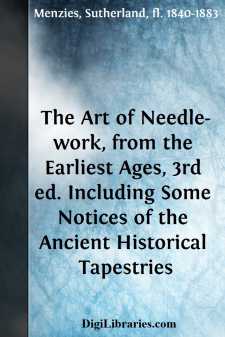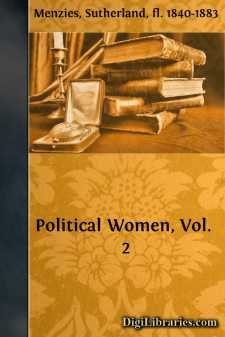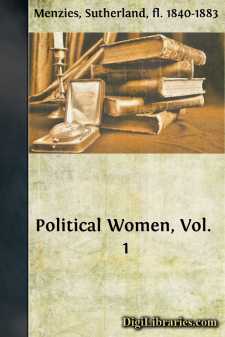Categories
- Antiques & Collectibles 13
- Architecture 36
- Art 48
- Bibles 22
- Biography & Autobiography 816
- Body, Mind & Spirit 145
- Business & Economics 28
- Children's Books 17
- Children's Fiction 14
- Computers 4
- Cooking 94
- Crafts & Hobbies 4
- Drama 346
- Education 58
- Family & Relationships 59
- Fiction 11834
- Foreign Language Study 3
- Games 19
- Gardening 17
- Health & Fitness 34
- History 1378
- House & Home 1
- Humor 147
- Juvenile Fiction 1873
- Juvenile Nonfiction 202
- Language Arts & Disciplines 89
- Law 16
- Literary Collections 686
- Literary Criticism 179
- Mathematics 13
- Medical 41
- Music 40
- Nature 179
- Non-Classifiable 1768
- Performing Arts 7
- Periodicals 1453
- Philosophy 66
- Photography 2
- Poetry 897
- Political Science 203
- Psychology 45
- Reference 154
- Religion 516
- Science 126
- Self-Help 85
- Social Science 82
- Sports & Recreation 34
- Study Aids 3
- Technology & Engineering 59
- Transportation 23
- Travel 463
- True Crime 29
Our website is made possible by displaying online advertisements to our visitors.
Please consider supporting us by disabling your ad blocker.
The Art of Needle-work, from the Earliest Ages, 3rd ed. Including Some Notices of the Ancient Historical Tapestries
Description:
Excerpt
CHAPTER I.
“Le donne son venute in eccellenzaDi ciascun’arte, ove hanno posto cura;
E qualunque all’istorie abbia avvertenza,
Ne sente ancor la fama non oscura.
***
E forse ascosi han lor debiti onori
L’invidia, o il non saper degli scrittori.”
Ariosto.
In all ages woman may lament the ungallant silence of the historian. His pen is the record of sterner actions than are usually the vocation of the gentler sex, and it is only when fair individuals have been by extraneous circumstances thrown out, as it were, on the canvas of human affairs—when they have been forced into a publicity little consistent with their natural sphere—that they have become his theme. Consequently those domestic virtues which are woman’s greatest pride, those retiring characteristics which are her most becoming ornament, those gentle occupations which are her best employment, find no record on pages whose chief aim and end is the blazoning of manly heroism, of royal disputations, or of trumpet-stirring records. And if this is the case even with historians of enlightened times, who have the gallantry to allow woman to be a component part of creation, we can hardly wonder that in darker days she should be utterly and entirely overlooked.
Mohammed asserted that women had no souls; and moreover, that, setting aside the “diviner part,” there had only existed four of whom the mundane qualifications entitled them to any degree of approbation. Before him, Aristotle had asserted that Nature only formed women when and because she found that the imperfection of matter did not permit her to carry on the world without them.
This complimentary doctrine has not wanted supporters. “Des hommes très sages ont écrit que la Nature, dont l’intention et le dessein est toujours de tendre à la perfection, ne produirait s’il était possible, jamais que des hommes, et que quand il naît une femme c’est un monstre dans l’ordre de ses productions, né expressément contre sa volonté: ils ajoutent, que, comme on voit naître un homme aveugle, boiteux, ou avec quelqu’autre défaut nature; et comme on voit à certains arbres des fruits qui ne mûrissent jamais; ainsi l’on peut dire que la femme est un animal produit par accident et par le hasard.”
Without touching upon this extreme assertion that woman is but “un monstre,” an animal produced by chance, we may observe briefly, that women have ever, with some few exceptions, been considered as a degraded and humiliated race, until the promulgation of the Christian religion elevated them in society: and that this distinction still exists is evident from the difference at this moment exhibited between the countries professing Mohammedanism and those professing Christianity.
Still, though in our happy country it is now pretty generally allowed that women are “des créatures humaines,” it is no new remark that they are comparatively lightly thought of by the “nobler” gender. This is absolutely the case even in those countries where civilization and refinement have elevated the sex to a higher grade in society than they ever before reached....




